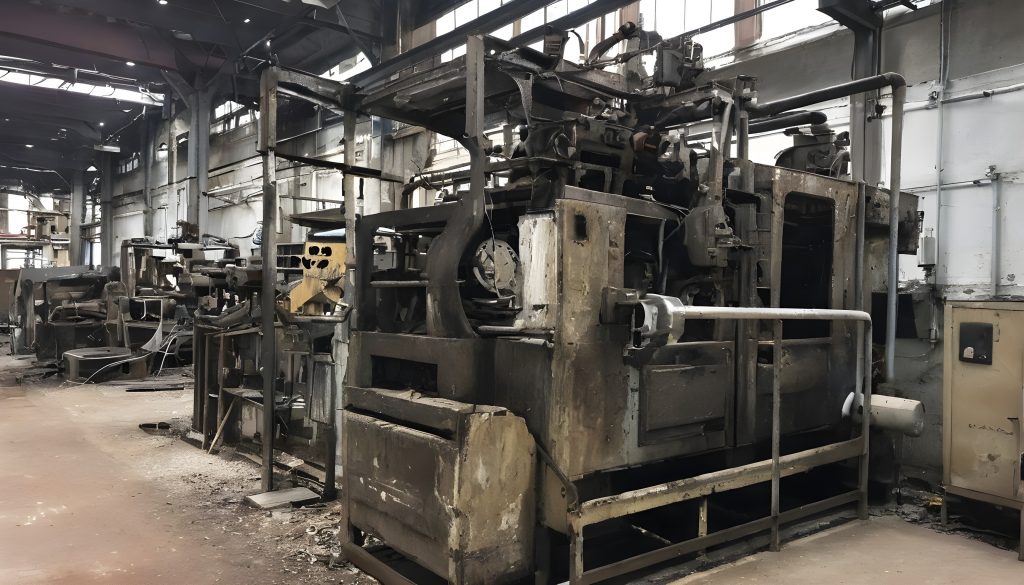
Proper lubrication is paramount for industrial machinery’s efficiency and durability. However, over time, lubricants degrade, leading to potential issues like increased friction, wear, and equipment failure. Recognizing signs of lubricant deterioration is crucial for timely maintenance and preventing costly repairs. This guide explores various methods to identify lubricant degradation in industrial machinery, with a focus on oil analysis.
Monitor oil condition:
Regularly inspect the lubricant’s condition in industrial machinery. Changes in color, texture, and gloss could indicate contamination or decay. Cloudy or milky oil may signal water contamination, while a darker color may suggest oxidation or the presence of particulates.
Conduct oil analysis:
Perform routine oil analysis to evaluate the lubricant’s condition thoroughly. This involves collecting samples and sending them to a lab for testing. Analyzing viscosity, acidity, and impurities provides valuable insights into the lubricant’s health and the machinery’s condition.
Check for abnormal noise or vibration:
Unusual noise or vibration in industrial machinery may indicate lubrication issues. Pay attention to changes in operating sounds or vibrations, as these could signify increased friction due to insufficient lubrication or lubricant degradation.
Monitor temperature:
Elevated operating temperatures could indicate lubrication problems. Utilize temperature monitoring devices to track critical machine parts’ temperatures. Unexpected temperature rises may indicate inadequate lubrication or degraded lubricant additives.
Inspect machine components:
Regularly examine machine parts for wear, corrosion, or damage. Excessive wear on gears, bearings, or other moving parts may indicate insufficient lubrication or lubricant deterioration. Look for signs of metal-to-metal contact, such as scratches or pitting, which could result from poor lubrication.
Review maintenance records:
Reviewing maintenance records provides valuable insights into lubrication practices and historical lubricant wear issues. Identify patterns or trends in machine malfunctions or lubrication problems to pinpoint areas for improvement.
Perform regular oil analysis checks:
Regularly conduct oil analysis checks to ensure adherence to proper lubrication practices. Confirm that the correct lubricants are used, and lubrication intervals are maintained. Promptly address any deviations from recommended practices to prevent lubricant degradation.
Detecting lubricant degradation in industrial machinery is crucial for maintaining equipment reliability and preventing costly downtime. By monitoring oil condition, conducting oil analysis, checking for abnormal noise or vibration, monitoring temperature, inspecting machine components, reviewing maintenance records, and performing regular oil analysis checks, operators can proactively identify and address lubrication issues, ensuring optimal machinery performance and longevity.
Unsure of how to get your lubrication for machineries and oil analysis right?
